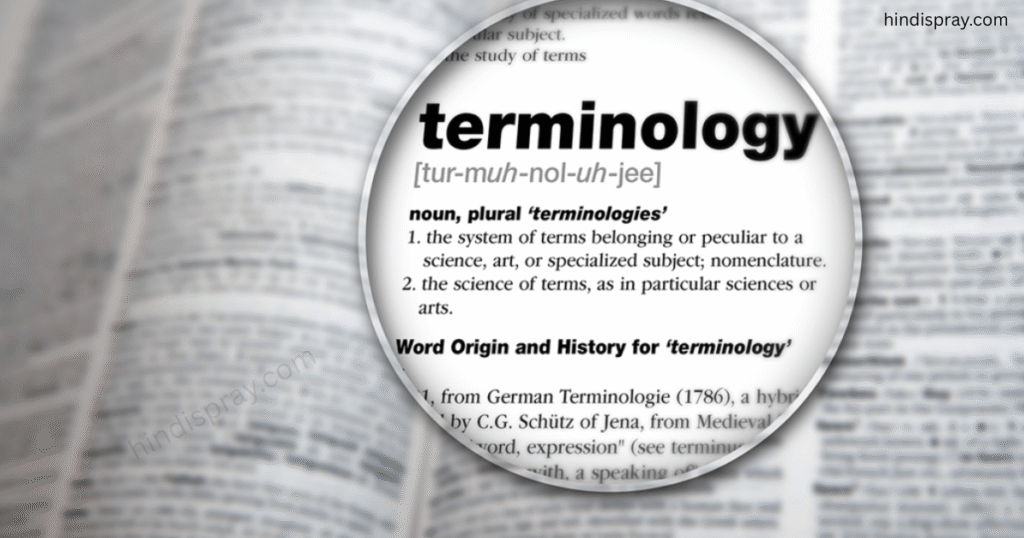Insurance is a crucial aspect of financial planning. Whether it’s health, auto, home, or life insurance, choosing the right policy can offer peace of mind and protection against unexpected events. However, the sheer number of options available can make selecting the right plan overwhelming. Comparing insurance policies is essential to ensure you’re getting the best value for your money without compromising on coverage.
This guide outlines the top 10 insurance comparison tips that will help you navigate the insurance market with confidence. By following these strategies, you can secure a policy that suits your needs and budget.
1. Understand Your Coverage Needs
Evaluate What You Truly Need
Before comparing insurance plans, clearly define what coverage you need. Consider factors such as your financial obligations, lifestyle, health conditions, and family size.
Different Types of Coverage
- Health Insurance: Look for hospital coverage, outpatient benefits, and prescription drug coverage.
- Auto Insurance: Consider liability, collision, and comprehensive coverage.
- Home Insurance: Understand what is covered, including property damage, theft, and liability.
- Life Insurance: Choose between term and whole life policies based on your long-term needs.
2. Know the Terminology

Key Insurance Terms
Understanding common insurance terms helps in making informed decisions.
- Premium: The amount you pay for coverage, typically monthly or annually.
- Deductible: The amount you pay out-of-pocket before the insurer pays.
- Co-pay/Co-insurance: Shared cost responsibilities.
- Coverage Limit: Maximum amount the insurer will pay.
Why It Matters
Confusion over terminology can lead to underinsured or overinsured situations. Always clarify terms before signing any agreement.
3. Compare Apples to Apples
Consistent Criteria
When comparing policies, ensure that the plans have similar benefits, coverage limits, and deductibles. This makes for a fair comparison.
Avoid Superficial Comparisons
Don’t be swayed by a lower premium if the deductible is significantly higher or if coverage is limited.
4. Use Reliable Comparison Tools
Benefits of Online Platforms
Insurance comparison websites offer side-by-side analysis of different plans. These tools save time and provide transparent insights into coverage details and pricing.
What to Look For
Choose platforms that are unbiased, up-to-date, and allow filtering by your specific needs.
5. Check the Insurer’s Reputation
Financial Stability
Choose insurers with a strong financial rating. This indicates their ability to pay claims.
Customer Reviews
Look for consistent feedback regarding customer service, claims handling, and transparency. Avoid insurers with frequent complaints.
Industry Ratings
Review independent ratings from organizations like AM Best or other regional rating agencies.
6. Understand the Fine Print
Read the Policy Document

Always review the full terms and conditions. Look for exclusions, waiting periods, and renewal terms.
Common Exclusions
Some policies exclude pre-existing conditions, specific natural disasters, or certain types of damage. Knowing these can prevent future disputes.
7. Evaluate Deductibles and Out-of-Pocket Costs
Balancing Premiums and Deductibles
Low premiums often come with high deductibles. Consider what you can afford in case of a claim.
Understand Total Cost
Calculate potential out-of-pocket expenses including co-pays, co-insurance, and uncovered services.
8. Take Advantage of Discounts
Common Discounts
- Bundling Policies: Combining home and auto insurance.
- Good Driver Discounts: For those with clean driving records.
- Loyalty and No-Claims Bonuses: Offered to long-term customers or those who haven’t made a claim.
Ask Directly
Insurers may not advertise all discounts. Ask about eligible savings before finalizing a policy.
9. Review Annually and Update as Needed
Life Changes Affect Coverage
Marriage, a new baby, job change, or purchasing property can all impact your insurance needs.
Annual Review Benefits
Ensure you’re not overpaying and that your policy still fits your circumstances. The market changes, and better options might become available.
10. Consult a Licensed Insurance Agent or Broker
Professional Advice
An agent can provide personalized recommendations and clarify policy language. Independent brokers can compare products from multiple insurers.
When to Use an Agent
- If your needs are complex
- If you’re unsure about legal jargon
- If you want help with claims or policy changes
Also Read: Insurance Documents Explained: What You Need To Know
Conclusion
Comparing insurance policies doesn’t have to be daunting. With a clear understanding of your needs, the right tools, and a bit of research, you can find a policy that offers comprehensive coverage at a competitive price. These ten tips are designed to empower you to make informed decisions that will protect your financial well-being and bring peace of mind. Remember, the cheapest policy isn’t always the best—value comes from the right balance of coverage, cost, and service.
FAQs
1. How often should I compare insurance policies?
You should review and compare your policies annually or whenever you experience a major life change.
2. Is it safe to use online insurance comparison tools?
Yes, as long as you use reputable websites with secure encryption and transparent policies.
3. What should I do if I find a cheaper insurance policy?
Compare the benefits and exclusions carefully. If the new policy is better overall, notify your current provider and switch responsibly.
4. Can I negotiate my insurance premium?
Yes, especially if you have a good record or qualify for multiple discounts. Always ask about available deals.
5. What is the biggest mistake to avoid when comparing insurance?
Focusing only on price. It’s crucial to understand what is covered, what’s excluded, and how the claims process works before choosing a policy.

